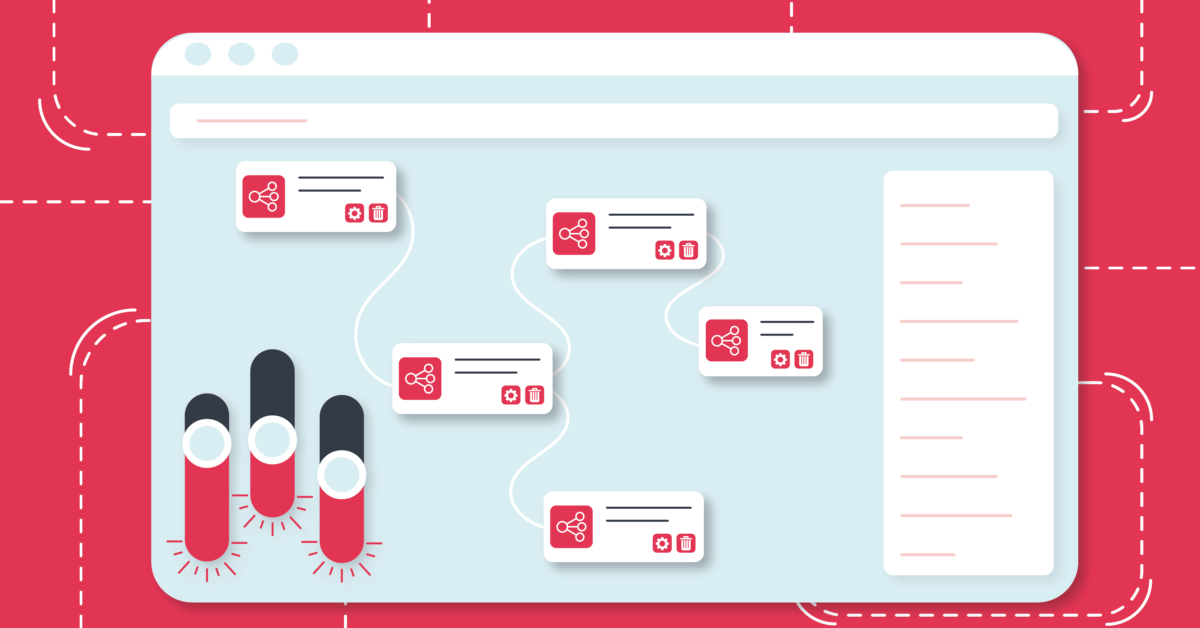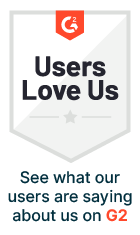
Updated on by Daniel Twigg
Let’s not lose control
One of our rotating website straplines is ‘Don’t Lose Control of User Integrations’.
Some of you may ask how SaaS or Application companies can lose control of end-user integrations if end-users already integrate with their application? Is there really a problem?
It is true that there are many different ways to implement user integrations, it is after all a massive industry covering strategic consultancies, agencies, in-house teams and third-party applications.
However, for us, it is not a question of do your end-users integrate your application, more how do end-users integrate your application.
The ‘I am not bothered’ route
We need to say it as it is an option, though in reality nobody these days ignores integration.
In the early 2000’s you could develop a SaaS application and sell it solely on the basis that it was a powerful, stand-alone solution. That no longer happens. Integration is a base requirement, you all know this, we can move on.
The ‘I have an API’ route
This is more common than you might think. Standing-up an API in the expectation that requirements are fulfilled. What are the pitfalls?
Firstly it is now the end-user’s problem on how to resolve the integration challenge. ‘Here is the plug now plug it in somewhere’, it means that the end-user faces further friction to achieve what they want.
Secondly the end user’s resolution is often to use a stand-alone third party integration application. Great, there are some super third party integration applications. However, in this instance, the third party provider gains some significant influence in your end-user relationship. They are making money from your end-user, they are providing a valuable solution to your end-user and they are able to offer your end-user the ability to easily switch you out for another solution. Sub-optimal from a strategic perspective.
Keep the skills in-house route
By all means this is the best of the potential solutions. You own not only your API but how it connects to other APIs. You retain the end-user relationship and you provide a value-add service. You also reduce propensity to ‘switch’.
The downside? Purely cost and complexity. You have to employ people (or use consultants) to care about other APIs, to develop against them and to monitor them as they change. As you grow the scale and magnitude of this issue grows with you. It therefore can become expensive.
And so, the other route?
Not unsurprisingly we think there is an alternative.
Your user integration challenges are the same as the next SaaS company’s challenges which are the same as the next, as the next, as the next, and so on.
These days you don’t build your own hosting stack, charging engine, messaging engine, email system, etc. you get the gist. You focus on your core capabilities and use, predominantly invisible to your end-user, an expert solution provider in each non-core domain.
We believe, in fact we know, integration can be handled in the same way.
Cyclr provides an Integration Platform as a Service (‘IPaaS’) solution with ready built connectors and automation capabilities that can be used by your development team to quickly and cost effectively stand-up and run connectors, integrations and workflows. You can also create your own bespoke connectors quickly. The UX can be delivered however you want it to be and can be seamlessly skinned within your application. One-click integrations are feasible to deliver, and Cyclr is completely invisible.
This route a ‘Developer toolkit’, saves time, and money as well as being a scalable solution. You retain control of integrations, control of your costs and most importantly control of the end-user relationship.
Give our team a call, we’d be delighted to provide you with a demonstration of why it merits consideration as an alternative solution.
